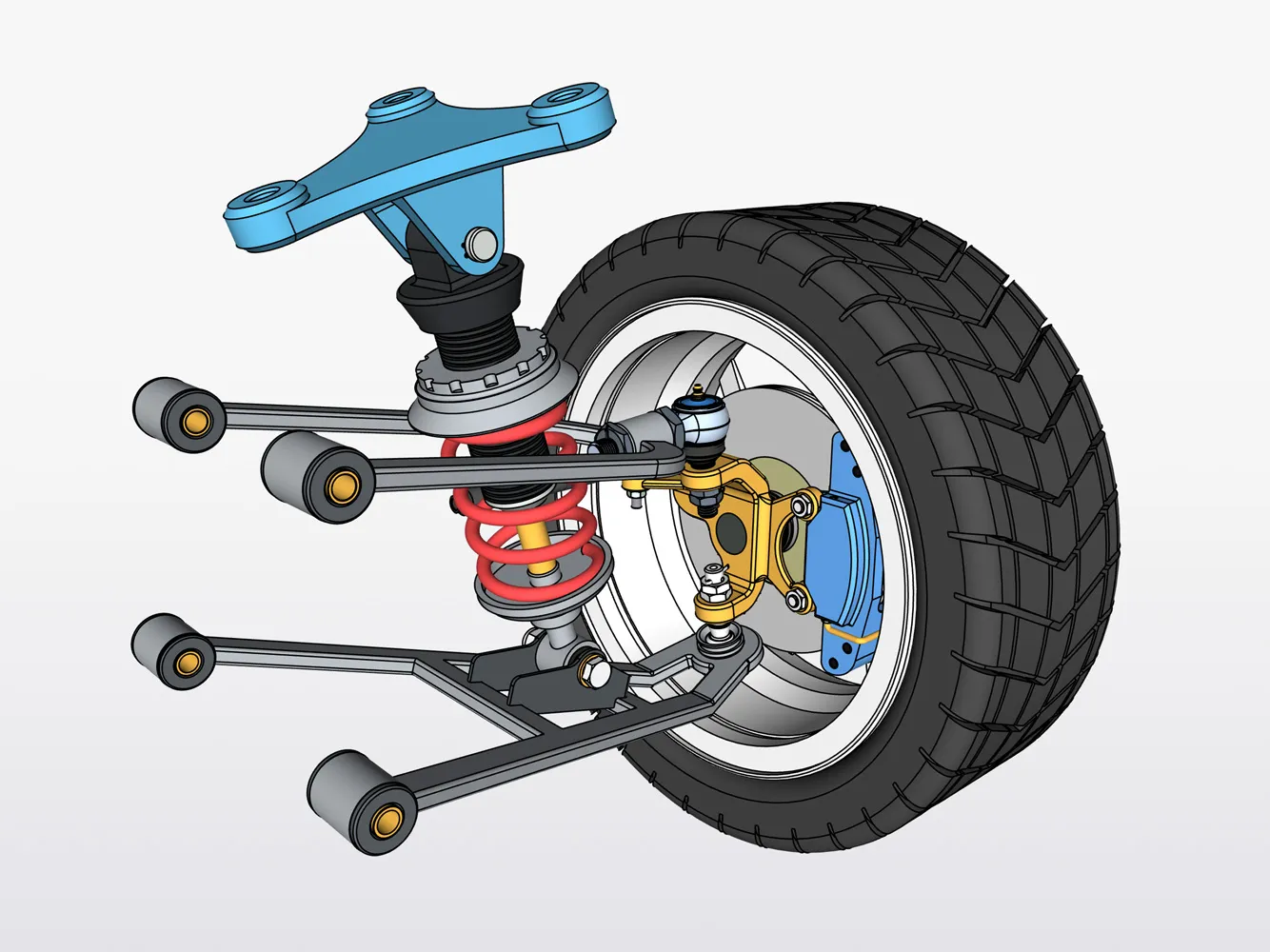
Abbreviated from Standard for the Exchange of Product Data, STEP is a standardized exchange file format in the world of CAD. It’s compatible with a wide range of software, so you can easily export, share, import, and edit your 3D models as STEP files. Part of STEP’s superpower is that even though it’s made up of plain text, it contains all three-dimensional model data and appears as a 3D model in CAD programs. It’s a super precise file format, ideal for saving every detail of your design.
Did you know? Categorized as ISO 10303 standards, STEP files can also be called STP. You can use file extensions .step and .stp interchangeably – Shapr3D supports both of them.
Back in the ‘80s, the STEP file format was specifically developed to make file sharing easy across various CAD programs. Today, it’s a widely supported format in the 3D modeling industry: most programs can open 3D models stored as STEP files with perfect precision to the last data point. But STEP files are not just for saving and viewing models – they allow for modification, as well.
Since STEP files store the accurate geometry of a 3D model, you can go back to editing every time you need to. Contrary to an STL file that works as a mesh model, using STEP files means that all curves and splines remain smooth. No matter how many times you save and share it, you can always open and modify it again without losing geometric details. With all data saved and stored precisely, the STEP file format also enhances collaboration with your team.
There’s no secret here, you don’t need to take any extra step to excel at its usage (pun intended). Importing a STEP file to Shapr3D is super easy. Once opened in the app, you can edit and modify it just like any other CAD model – using the intuitive direct modeling tools. And Shapr3D’s adaptive UI will be by your side from the first tweak to the last edit, predicting your next move.
Once done, simply tap “Export” and save it as a STEP file. Or if you want to 3D print your model, you can easily convert it into an STL file.
A STEP file may take up a lot of space and store the complete 3D body of your model, but even this complex file format is not able to keep the material and the texture of your design. To save you from the trouble of constantly going back and forth between your CAD and rendering programs, Shapr3D has recently launched its built-in Visualization tool. It only takes a flick of a finger to add realistic materials to your model, in real time.
Once your design is ready, tap Visualization in the toolbar, and pick and choose from metallics, plastics, wooden and glass textures, or a handful of brushed and polished finishes. Preview as many as you like, and then go back to designing. Make an edit or two, or completely redo your product, and visualize it again, without leaving the app.
New to Shapr3D? Get familiar with the app, import your STEP files, edit and share your models with your team, and visualize your designs in real time. You can try it on your iPad, Mac, or Windows device.